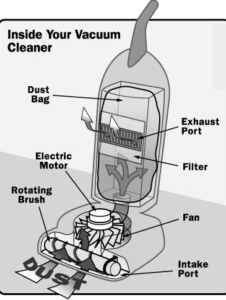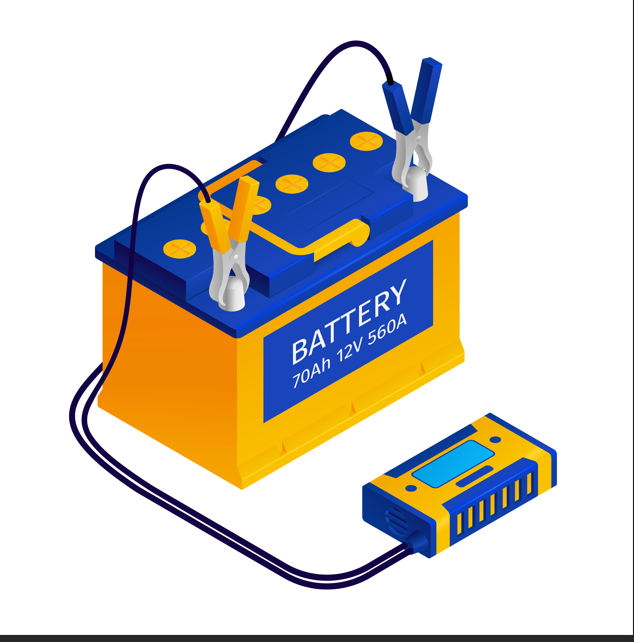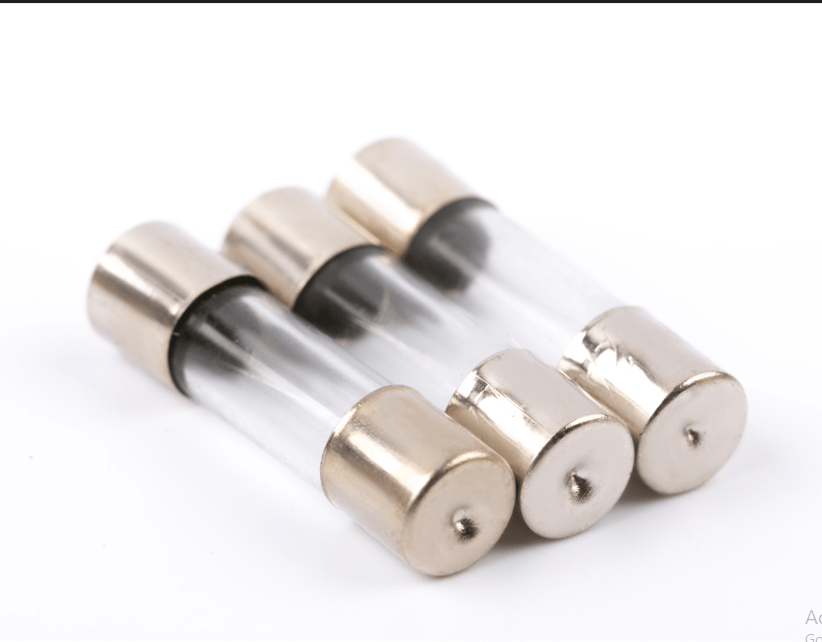Table of Contents
ToggleVacuum Cleaner Troubleshooting
When a vacuum cleaner fails to clear the dirt effectively, we think of replacing it with a new one. But troubleshooting a vacuum cleaner is not a so difficult task. When a vacuum cleaner begins to perform ineffectively there are three main areas that need to be considered namely poor suction, still brush and no power supply.
Other than these three areas, there are other parts of the vacuum cleaner which is worth considering. These are the vacuum cleaner belt, clogging of the hose, vacuum filter etc. now before you start troubleshooting your vacuum cleaner, it is very important to detect what actually is wrong with your vacuum cleaner. Once we are aware about the faulty parts that are causing the problem than repairing it is easy. As most of the vacuum cleaners problem are not problems at all.
Following are some steps that will guide us on troubleshoot/repair the vacuum cleaner:
If the faulty is in the belt then we have no other choice rather than to replace it with a new belt. It is not possible to repair a belt. Installing a new belt is not a difficult task. Turn over the vacuum cleaner and unscrew the plate so that you face the brush. Remove the old belt which connects the agitator brush and the drive shaft and install the new one. 3
Check the agitator brush for any thread or hair that could be tangled in the brush. Use a scissor to cut them out. And make sure that it is spinning properly with ease. If the brush is worn out then replace it with a new one.
If your vacuum cleaner is not sucking up the dirt effectively then it could be due to a clogged filter or hose or a moist bag. Cleaning the filter and the hose can increase the cleaning efficiency of the cleaner. If required replace the filter that will enhance the efficiency of the vacuum cleaner.
If there is no power supply to the vacuum cleaner then check for any discontinuity along the wire. Replace the breakers if required and mend and discontinuity along the line. Another reason for no supply of power could be due to a burned out motor. In this case we will have to replace the motor.
Check the vacuum hose for any holes. A vacuum hose with a hole will face suction problem. So if there is any hole on the hose than repair it by parting a tape on it.
Function of Vacuum Cleaner
A vacuum cleaner is common household appliance used for cleaning purposes. A vacuum cleaner cleans by creating suction. A pump creates a pressure difference inside the unit causing atmospheric air to be forced up through a tubing system. Most vacuum cleaners utilize a rotating brush at its entrance to help “sweep” dust and dirt into the suction path. Vacuumed particles are finally deposited in some collecting container that can either be removed or emptied after use.
Principle of Vacuum cleaner
When you drink through a straw, you are using a simple suction mechanism. Sucking the liquid up causes pressure to drop between the bottom and the top of the straw. With greater pressure at the bottom than the top, the drink is pushed up to your mouth. The same principle happens in a vacuum cleaner.
Main Components
There are six main components to a standard vacuum cleaner. They are Intake port which may include attachments such as a brush 2. Exhaust port 3. Electric motor 4. Fan 5. Porous bag or container 6. Housing

Types of Vacuum Cleaner
- Cylinder vacuum cleaner – usually more versatile, and are easier to store.
- Upright vacuum cleaner – ideal for cleaning carpets and large areas of the home, with a handle at waist height making it easy to move along.
- Wet and dry vacuum cleaner – will wash surfaces and carpet as well as vacuum clean them, but can be a little heavier.
Vacuum Cleaner Capacity
The larger the capacity of the vacuum cleaner, the more you can clean before emptying the dust container or replacing the dust bag. While a larger capacity can be useful, it will make the vacuum cleaner heavier and less compact. It’s worth noting that handheld vacuum cleaners and robotic vacuum cleaners have a smaller capacity.
Vacuum Cleaner Filtration
Vacuum filters are essential for trapping harmful particles and cleaning the air. Three types of vacuum filter are available;
- Standard 2. HEPA/S-class 3. Lifetime.
Standard filters offer basic filtration, but HEPA and S-class filters can trap up to 100% of allergens and over 99.7% of particles down to 1 micron, including dust mites, which makes them ideal for allergy sufferers. Lifetime filters can be standard or HEPA/S-class, but don’t need to be replaced. The better the filter, the more expensive the vacuum cleaner will be, but the benefit is a cleaner, more hygienic house.


